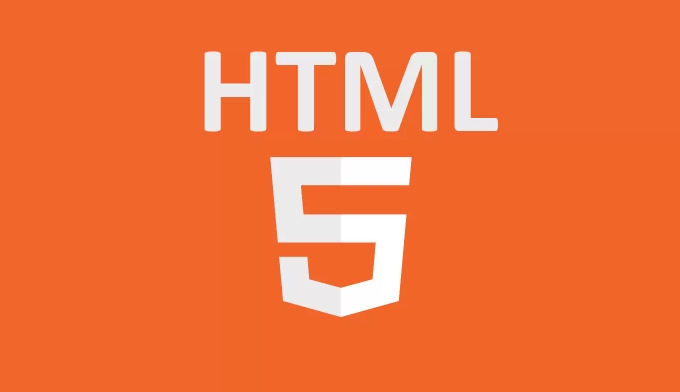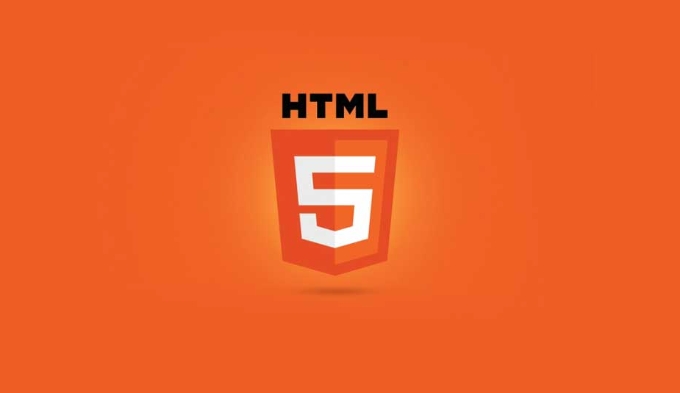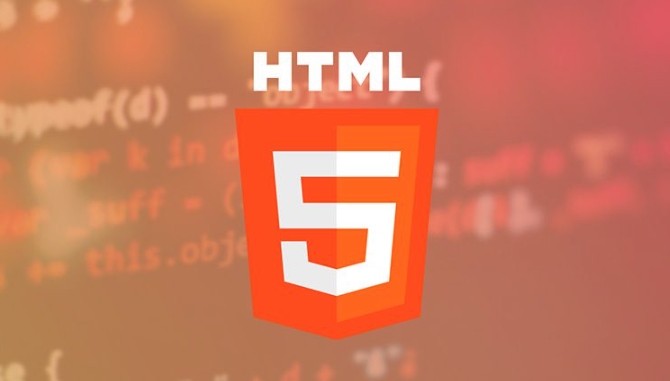SSE is suitable for one-way push of servers, and WebSocket is suitable for two-way real-time communication. SSE is based on the HTTP protocol and is implemented through the EventSource API, supporting automatic reconnection, and is suitable for news push and other scenarios; WebSocket is a full duplex protocol, and requires connections to be established through ws:// or wss://, which is suitable for high-real-time scenarios such as online games and instant messaging. The main differences between the two include communication direction, protocol basis, compatibility, connection management and resource consumption; when choosing, it should be determined based on factors such as whether two-way communication is needed, delay requirements, and development complexity.

SSE and WebSocket are technologies used to implement real-time communication, but their applicable scenarios and working mechanisms are different. If you need web pages to receive server updates in real time, such as stock market, chat messages or notification push, these two technologies may be useful, but choosing the wrong solution may cause performance or development troubles.

What are Server-Sent Events (SSE)?
SSE is part of HTML5 and is a technology that allows servers to push data to browsers in one-way . In other words, the client only needs to establish a connection once, and the server can continuously send new data until the connection is closed. It is based on the HTTP protocol and uses standard GET requests.

- Clients establish connections through
EventSourceAPI - The content type returned by the server is
text/event-stream - Supports automatic reconnection, event identification and other features
Suitable for scenarios like news push and status updates where only the server needs to send messages to the client.
What is WebSockets?
WebSocket is a full-duplex communication protocol. Once the connection is established, messages can be sent in both directions between the client and the server, and communication is more efficient and has lower latency.

- Use
ws://or encryptedwss://protocol - The connection establishment process is an HTTP upgrade request
- Message can be text or binary
Suitable for online games, multi-player collaborative editing, instant messaging and other scenarios that require frequent interaction.
The main differences between SSE and WebSocket
Although both can implement "server push", there are several key differences in actual use:
- Different communication directions : SSE is one-way (server → client), while WebSocket is two-way.
- The protocol basis is different : SSE is based on HTTP, and WebSocket is an independent TCP protocol.
- Compatibility : SSE is well supported in modern browsers, but almost not feasible on IE; WebSocket supports it in almost all mainstream browsers.
- Connection management complexity : SSE is simpler, with automatic reconnection and breakpoint continuous transmission mechanisms built-in; WebSocket needs to handle the disconnection and reconnection logic by itself.
- Server resource consumption : SSE is a long connection, but each client occupies less resources; although WebSocket is efficient, it keeps the cost per connection higher.
How to choose SSE or WebSocket?
Which one to choose depends on your project requirements:
If your application:
- Only the server needs to push data to the client
- Not very frequent updates, or do not require too low latency
- Don't want to introduce additional libraries or complex server configurations → then SSE is a lightweight and practical option.
If you need:
- The client can also send messages to the server
- Real-time requirements are high, such as typing synchronization and online battles
- There is special WebSocket server support → WebSocket is more suitable.
Basically that's it. Both technologies have their own advantages. Don’t blindly pursue high performance. First, see if you really need it.
The above is the detailed content of Understanding Server-Sent Events vs HTML5 WebSockets. For more information, please follow other related articles on the PHP Chinese website!

Hot AI Tools

Undress AI Tool
Undress images for free

Undresser.AI Undress
AI-powered app for creating realistic nude photos

AI Clothes Remover
Online AI tool for removing clothes from photos.

Clothoff.io
AI clothes remover

Video Face Swap
Swap faces in any video effortlessly with our completely free AI face swap tool!

Hot Article

Hot Tools

Notepad++7.3.1
Easy-to-use and free code editor

SublimeText3 Chinese version
Chinese version, very easy to use

Zend Studio 13.0.1
Powerful PHP integrated development environment

Dreamweaver CS6
Visual web development tools

SublimeText3 Mac version
God-level code editing software (SublimeText3)
 Adding drag and drop functionality using the HTML5 Drag and Drop API.
Jul 05, 2025 am 02:43 AM
Adding drag and drop functionality using the HTML5 Drag and Drop API.
Jul 05, 2025 am 02:43 AM
The way to add drag and drop functionality to a web page is to use HTML5's DragandDrop API, which is natively supported without additional libraries. The specific steps are as follows: 1. Set the element draggable="true" to enable drag; 2. Listen to dragstart, dragover, drop and dragend events; 3. Set data in dragstart, block default behavior in dragover, and handle logic in drop. In addition, element movement can be achieved through appendChild and file upload can be achieved through e.dataTransfer.files. Note: preventDefault must be called
 Using ARIA attributes with HTML5 semantic elements for accessibility
Jul 07, 2025 am 02:54 AM
Using ARIA attributes with HTML5 semantic elements for accessibility
Jul 07, 2025 am 02:54 AM
The reason why ARIA and HTML5 semantic tags are needed is that although HTML5 semantic elements have accessibility meanings, ARIA can supplement semantics and enhance auxiliary technology recognition capabilities. For example, when legacy browsers lack support, components without native tags (such as modal boxes), and state updates need to be dynamically updated, ARIA provides finer granular control. HTML5 elements such as nav, main, aside correspond to ARIArole by default, and do not need to be added manually unless the default behavior needs to be overridden. The situations where ARIA should be added include: 1. Supplement the missing status information, such as using aria-expanded to represent the button expansion/collapse status; 2. Add semantic roles to non-semantic tags, such as using div role to implement tabs and match them
 Securing HTML5 web applications against common vulnerabilities
Jul 05, 2025 am 02:48 AM
Securing HTML5 web applications against common vulnerabilities
Jul 05, 2025 am 02:48 AM
The security risks of HTML5 applications need to be paid attention to in front-end development, mainly including XSS attacks, interface security and third-party library risks. 1. Prevent XSS: Escape user input, use textContent, CSP header, input verification, avoid eval() and direct execution of JSON; 2. Protect interface: Use CSRFToken, SameSiteCookie policies, request frequency limits, and sensitive information to encrypt transmission; 3. Secure use of third-party libraries: periodic audit dependencies, use stable versions, reduce external resources, enable SRI verification, ensure that security lines have been built from the early stage of development.
 Integrating CSS and JavaScript effectively with HTML5 structure.
Jul 12, 2025 am 03:01 AM
Integrating CSS and JavaScript effectively with HTML5 structure.
Jul 12, 2025 am 03:01 AM
HTML5, CSS and JavaScript should be efficiently combined with semantic tags, reasonable loading order and decoupling design. 1. Use HTML5 semantic tags, such as improving structural clarity and maintainability, which is conducive to SEO and barrier-free access; 2. CSS should be placed in, use external files and split by module to avoid inline styles and delayed loading problems; 3. JavaScript is recommended to be introduced in front, and use defer or async to load asynchronously to avoid blocking rendering; 4. Reduce strong dependence between the three, drive behavior through data-* attributes and class name control status, and improve collaboration efficiency through unified naming specifications. These methods can effectively optimize page performance and collaborate with teams.
 Using HTML5 Semantic Elements for Page Structure
Jul 07, 2025 am 02:53 AM
Using HTML5 Semantic Elements for Page Structure
Jul 07, 2025 am 02:53 AM
Using HTML5 semantic tags can improve web structure clarity, accessibility and SEO effects. 1. Semantic tags such as,,,, and make it easier for the machine to understand the page content; 2. Each tag has a clear purpose: used in the top area, wrap navigation links, include core content, display independent articles, group relevant content, place sidebars, and display bottom information; 3. Avoid abuse when using it, ensure that only one per page, avoid excessive nesting, reasonable use and in blocks. Mastering these key points can make the web page structure more standardized and practical.
 HTML5 video not playing in Chrome
Jul 10, 2025 am 11:20 AM
HTML5 video not playing in Chrome
Jul 10, 2025 am 11:20 AM
Common reasons why HTML5 videos don't play in Chrome include format compatibility, autoplay policy, path or MIME type errors, and browser extension interference. 1. Videos should be given priority to using MP4 (H.264) format, or provide multiple tags to adapt to different browsers; 2. Automatic playback requires adding muted attributes or triggering .play() with JavaScript after user interaction; 3. Check whether the file path is correct and ensure that the server is configured with the correct MIME type. Local testing is recommended to use a development server; 4. Ad blocking plug-in or privacy mode may prevent loading, so you can try to disable the plug-in, replace the traceless window or update the browser version to solve the problem.
 Drawing Graphics and Animations using HTML5 Canvas
Jul 05, 2025 am 01:09 AM
Drawing Graphics and Animations using HTML5 Canvas
Jul 05, 2025 am 01:09 AM
HTML5Canvas is suitable for web graphics and animations, and uses JavaScript to operate context drawing; ① First add canvas tags to HTML and get 2D context; ② Use fillRect, arc and other methods to draw graphics; ③ Animation is achieved by clearing the canvas, redrawing, and requestAnimationFrame loops; ④ Complex functions require manual processing of event detection, image drawing and object encapsulation.
 Embedding video content using the HTML5 `` tag.
Jul 07, 2025 am 02:47 AM
Embedding video content using the HTML5 `` tag.
Jul 07, 2025 am 02:47 AM
Embed web videos using HTML5 tags, supports multi-format compatibility, custom controls and responsive design. 1. Basic usage: add tags and set src and controls attributes to realize playback functions; 2. Support multi-formats: introduce different formats such as MP4, WebM, Ogg, etc. through tags to improve browser compatibility; 3. Custom appearance and behavior: hide default controls and implement style adjustment and interactive logic through CSS and JavaScript; 4. Pay attention to details: Set muted and autoplay to achieve automatic playback, use preload to control loading strategies, combine width and max-width to achieve responsive layout, and use add subtitles to enhance accessibility.






